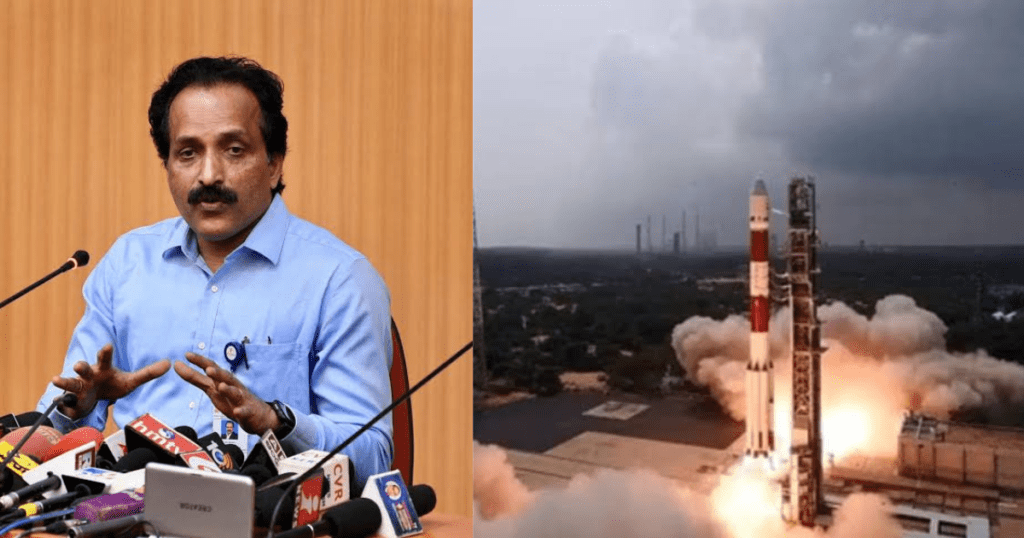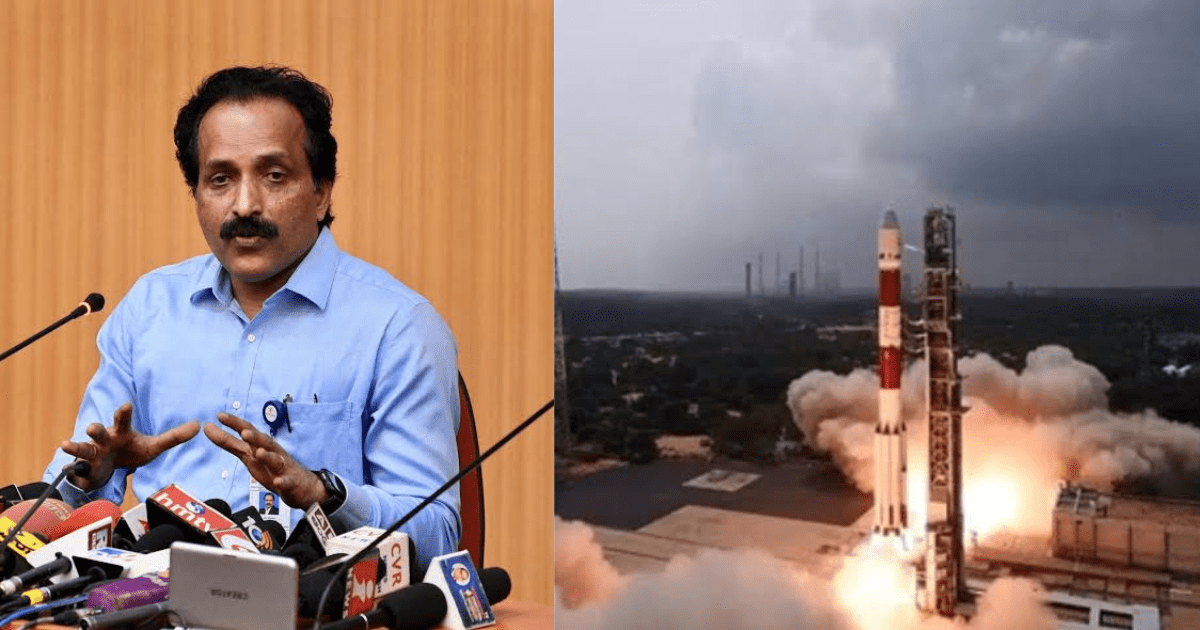India’s XPoSat: A New Eye on the Cosmic X-ray Sky
On January 1, 2024, India ushered in the new year with a spectacular launch of its first X-ray Polarimeter Satellite (XPoSat), a mission that aims to study some of the most extreme and mysterious phenomena in the universe. The Indian Space Research Organisation (ISRO) successfully placed the satellite in a low Earth orbit using a Polar Satellite Launch Vehicle (PSLV), marking a major milestone for the country’s space program and the field of X-ray astronomy.
What is XPoSat and what does it do?
XPoSat is a satellite that carries two scientific instruments: POLIX (Polarimeter Instrument in X-rays) and XSPECT (X-ray Spectroscopy and Timing). These instruments are designed to measure the polarisation, spectrum, and timing of X-rays emitted by various celestial objects, such as pulsars, black holes, neutron stars, and active galactic nuclei. Polarisation is a property of light that describes the direction of its electric field, and it can reveal important information about the magnetic fields, density, and geometry of the X-ray sources. Spectrum and timing are other properties of light that describe its energy distribution and variation over time, and they can provide clues about the physical processes and mechanisms that produce the X-rays.
XPoSat’s mission is to observe 50 of the brightest X-ray sources in the sky over a period of at least five years. By doing so, it will collect unprecedented data that will help scientists understand the nature and behaviour of these exotic objects, and test the theories of gravity and relativity in extreme conditions.
Why is XPoSat important and unique?
XPoSat is India’s first dedicated polarimetry mission, and the world’s second, following NASA’s Imaging X-ray Polarimetry Explorer (IXPE) launched in 2021. Polarimetry is a relatively new and emerging technique in X-ray astronomy, and it has the potential to open up new avenues of research and discovery. Polarimetry can complement the existing spectroscopic and timing data, and resolve some of the ambiguities and uncertainties in the current models and interpretations of the X-ray sources. For example, polarimetry can help determine the spin and orientation of black holes, the structure and composition of neutron stars, and the origin and evolution of pulsars.
XPoSat is also a significant achievement for India’s space program, as it demonstrates the country’s technological and scientific capabilities in the field of space exploration. XPoSat is a result of a collaboration between the Raman Research Institute (RRI) and the U R Rao Satellite Centre (URSC), two of the leading research institutions in India. XPoSat is also a testament to the vision and leadership of ISRO, which has been pursuing ambitious and innovative missions in various domains of space science and applications.
What are the challenges and opportunities for XPoSat?
XPoSat is a challenging and complex mission, as it involves operating and calibrating sensitive instruments in a harsh and dynamic environment. XPoSat will have to cope with the effects of radiation, temperature, and orbital variations, as well as the interference and noise from the Earth’s atmosphere and magnetic field. XPoSat will also have to coordinate and communicate with the ground stations and the mission control centre, and transmit and store the large amount of data that it will generate.
XPoSat is also an opportunity and a catalyst for further research and collaboration in the field of X-ray astronomy. XPoSat will provide valuable data and insights that will enrich the scientific community and the public, and inspire future generations of scientists and engineers. XPoSat will also foster cooperation and exchange of ideas and expertise among the national and international partners and stakeholders involved in the mission. XPoSat will also pave the way for more advanced and ambitious missions in the future, such as the Aditya-L1 mission to study the Sun, and the Chandrayaan-3 mission to explore the Moon.
Conclusion
XPoSat is a remarkable and groundbreaking mission that will enhance our knowledge and understanding of the universe and its mysteries. XPoSat is a proud and shining example of India’s scientific and technological prowess and potential. XPoSat is a new eye on the cosmic X-ray sky, and a new hope for the cosmic X-ray quest.
Latest updates click here


